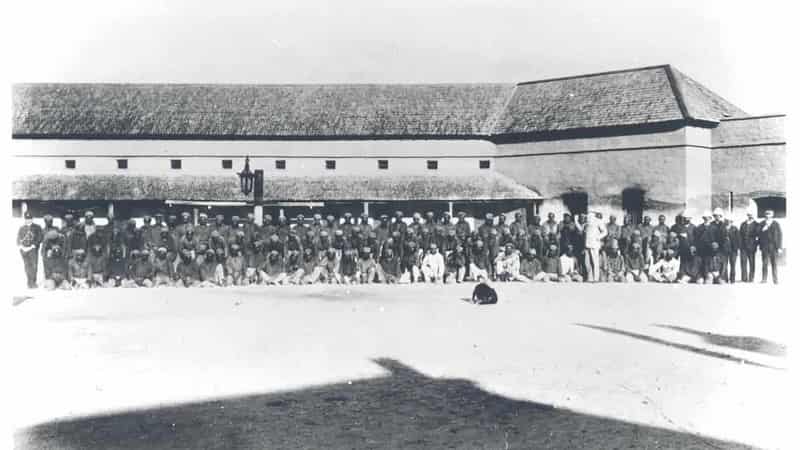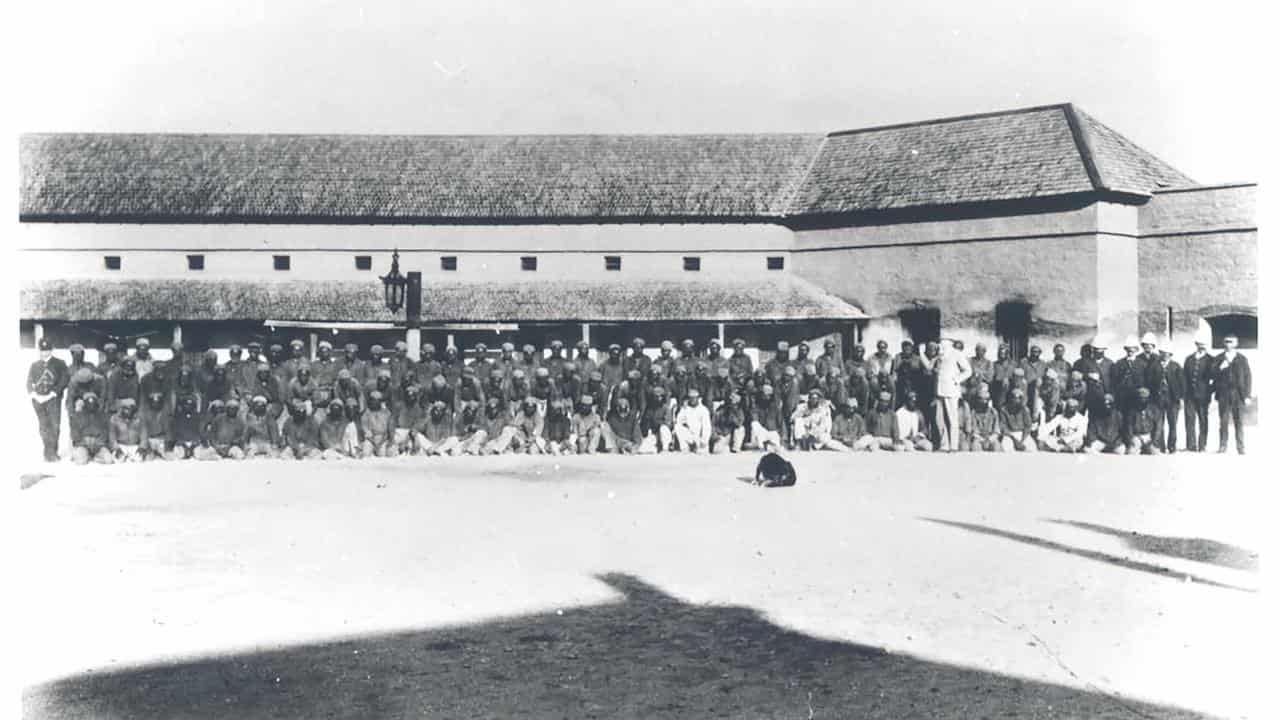
The dark past of a unique West Australian holiday spot is being acknowledged, with a landmark Indigenous healing ceremony to commemorate the men and boys who died on the former prison island.
Hundreds of Aboriginal people are set to gather at Wadjemup/Rottnest Island, home to quokkas and idyllic beaches, to make peace with its traumatic legacy.
Between 1838 and 1931, about 4000 Aboriginal prisoners were incarcerated on the island near Perth, making it the nation’s largest death-in-custody site.
Many men were leaders, warriors and lawmen of their tribal homelands, transported in chains from across WA.
Malnourished, the prisoners included boys as young as seven years old, who were forced to work in "cruel and unforgiving conditions" through sicknesses, disease and violence.
Those who died were placed in unmarked graves at the Wadjemup Aboriginal Burial Ground where more than 360 bodies have been found.
“Those men and boys have not been laid to rest,” said Whadjuk Noongar elder Farley Garlett.
“They’re not on Country, they are in a strange Country."
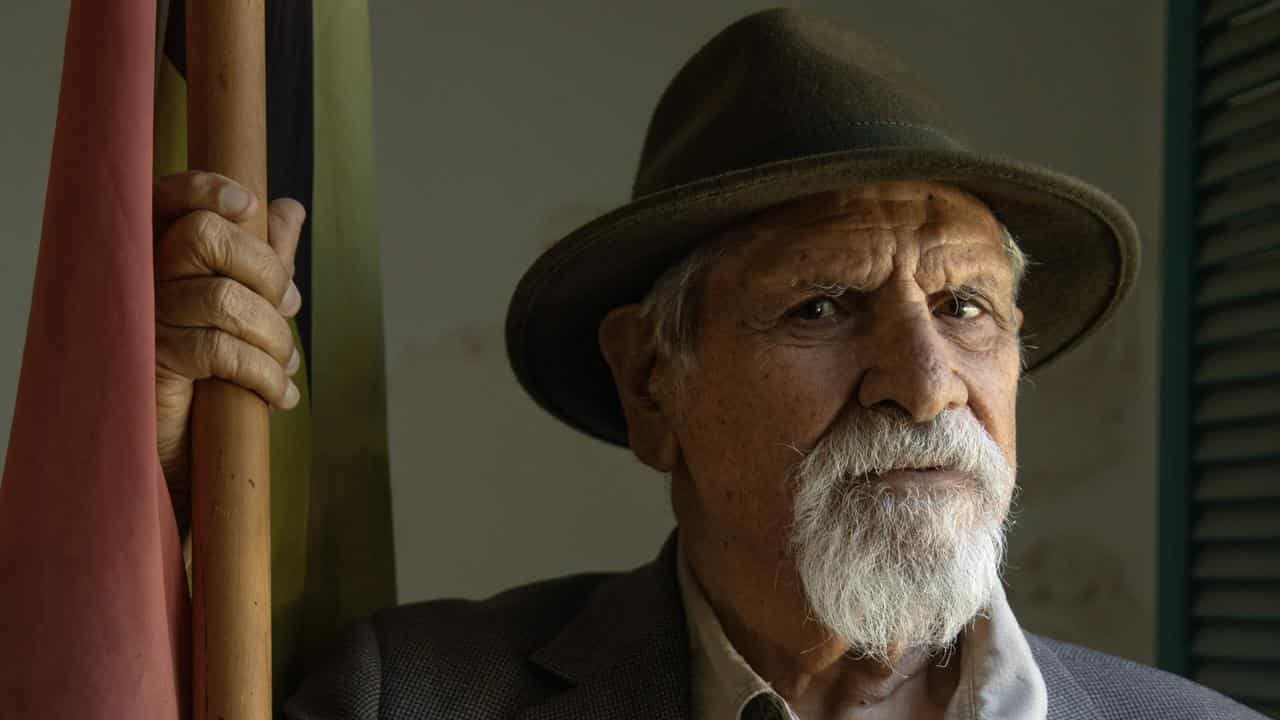
More than 250 delegates from across the state have taken part in a week of private ceremonies on Wadjemup and at Manjaree/Bathers Beach in Fremantle to honour the spirits of their ancestors.
The events culminate on Saturday with the public Wadjemup Wirin Bidi Commemoration Day reconciliation ceremony to acknowledge the island’s significance to the local Whadjuk Noongar people.
“It’s quite a phenomenal ceremony that we’re undertaking,” Whadjuk elder Karen Jacobs said.
"Knowing that we have ancestors that are actually buried on the island, it's really significant."
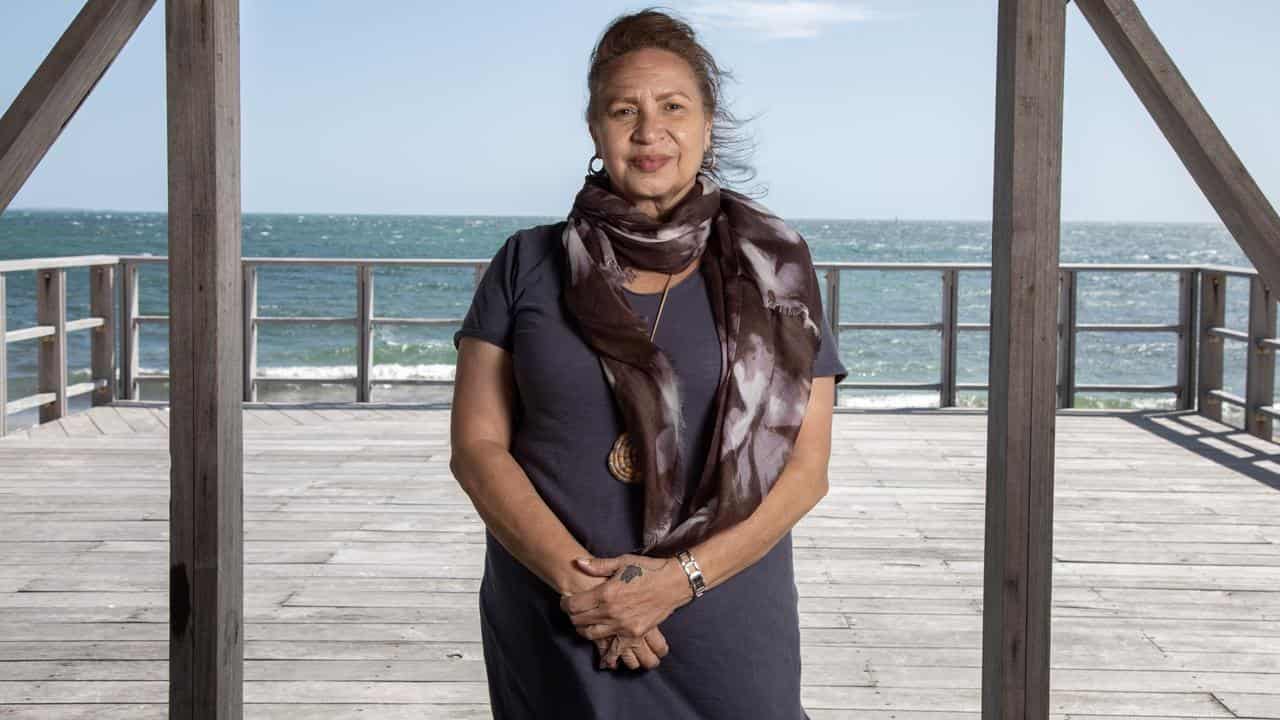
Ms Jacobs said the ceremony would include representatives from almost every WA Aboriginal language group.
"Every Aboriginal family are involved in having a say and acting on or performing some kind of action as to how their descendants are being commemorated and remembered," she said.
"It's really important that we have a voice."
For decades, holidaymakers have pitched their tents on the island's unmarked graves or stayed in hotel rooms converted from original prison cells.
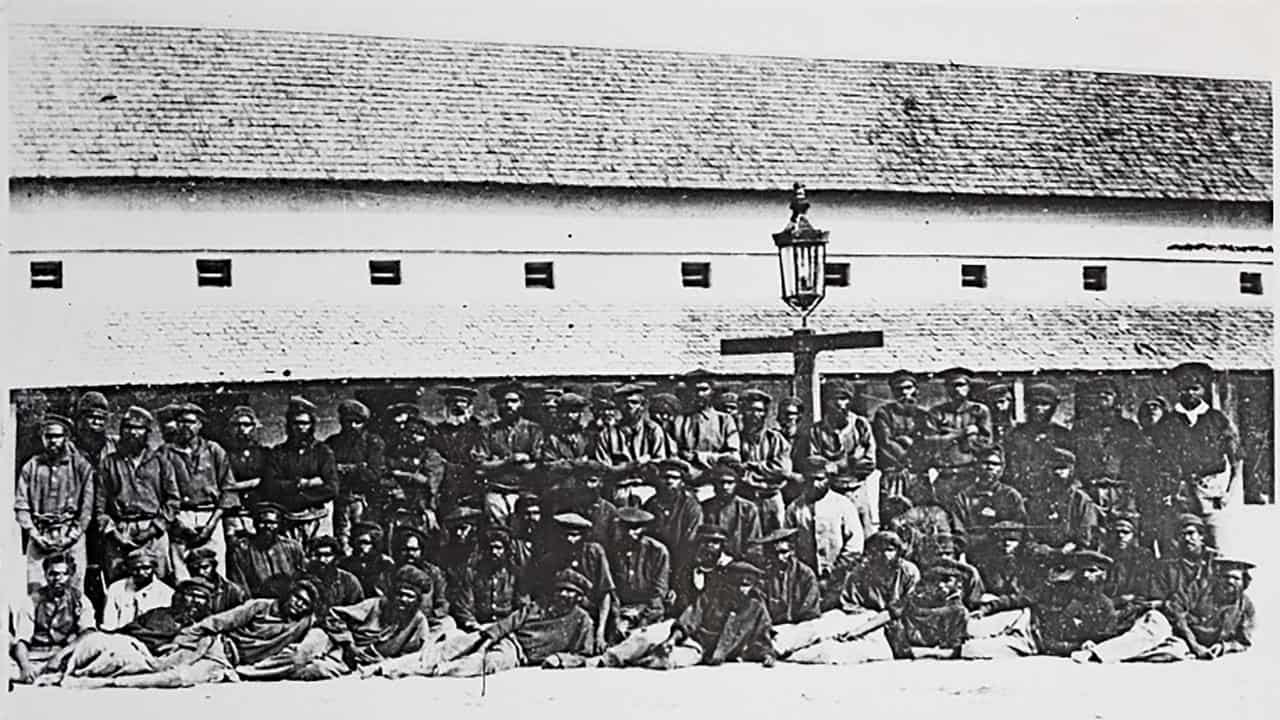
The island also played a significant role in Australia’s defence during World War I and World War II and WA's maritime history, initially serving as a marker for ships navigating to the Swan River Colony and the port of Fremantle.
In recent years, the 19km/sq island about 20km from the mainland has become popular with international travellers seeking quokka selfies to post on social media.
The marketing juggernaut exploded in 2017-18 on the back of several celebrity snaps, including those featuring tennis star Roger Federer and actress Margot Robbie, and shows no signs of slowing.
Supported by the WA government, the Aboriginal-led Wadjemup Project is working to reconcile the island's conflicted history through truth-telling, cultural ceremonies and educational activities to ensure visitors are better informed.

Consultation is also under way for permanent memorials at the former prison building known as the Quod and the burial ground.
“We need to teach you about the history," Whadjuk Cultural Authority member Herbert Bropho said.
"That’s all we want to do. We don’t want to spoil people’s holidays and people taking photos of the quokkas.
"Let us sit together and then move forward slowly with the truth."
